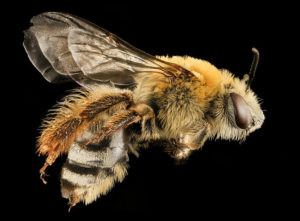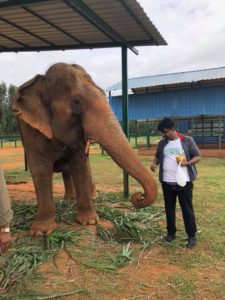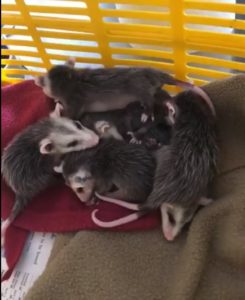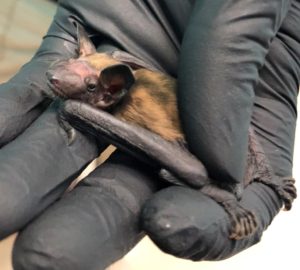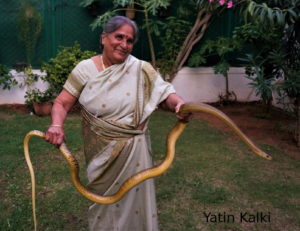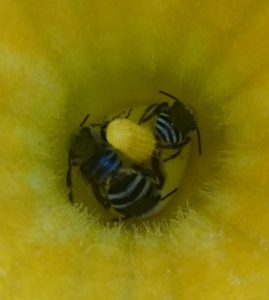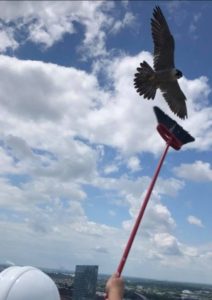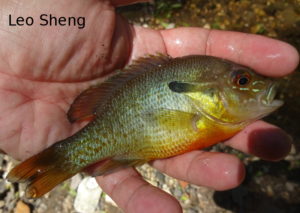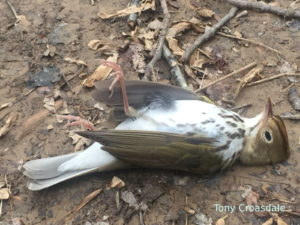Billy joins entomologist and bug ambassador Isa Betancourt on her BugScope Periscope cast to talk about urban snakes. We focus on urban garter snakes from Philadelphia to Mexico City, but Billy fits in a few Philly milk snakes too. Be sure to check out the actual Periscope episode for the full effect.
Here are the specimens we discussed, all from the collection of the Academy of Natural Sciences of Drexel University (see the links for what they look like in life):
Mexican garter snakes (Thamnophis eques) from Mexico City:
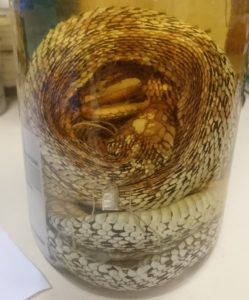
Mexican garter snakes (Thamnophis eques) from Mexico City
Eastern garter snakes (Thamnophis sirtalis) from Philadelphia:
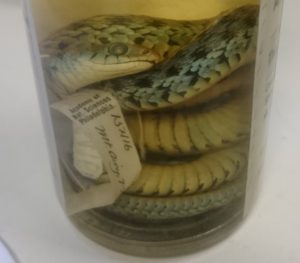
Eastern garter snakes (Thamnophis sirtalis) from Philadelphia
Milk snakes (Lampropeltis triangulum) from Philadelphia.
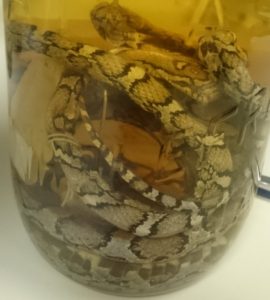
Milk snakes (Lampropeltis triangulum) from Philadelphia
Black-bellied garter snakes (Thamnophis melanogaster) from Mexico City:
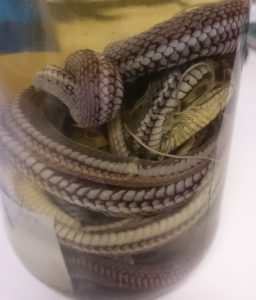
Black-bellied garter snakes (Thamnophis melanogaster) from Mexico City
Short-headed garter snakes (Thamnophis brachystoma) from NW Pennsylvania:
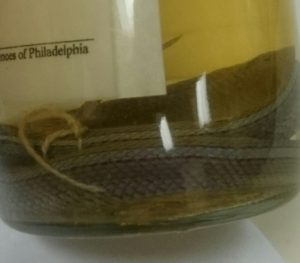
Short-headed garter snake (Thamnophis brachystoma)
I forgot to take a picture of the two-striped garter snake (Thamnophis hammondi), but follow the link to see some pictures of what they look like.
Podcast: Play in new window | Download
Subscribe: iTunes | Android |

